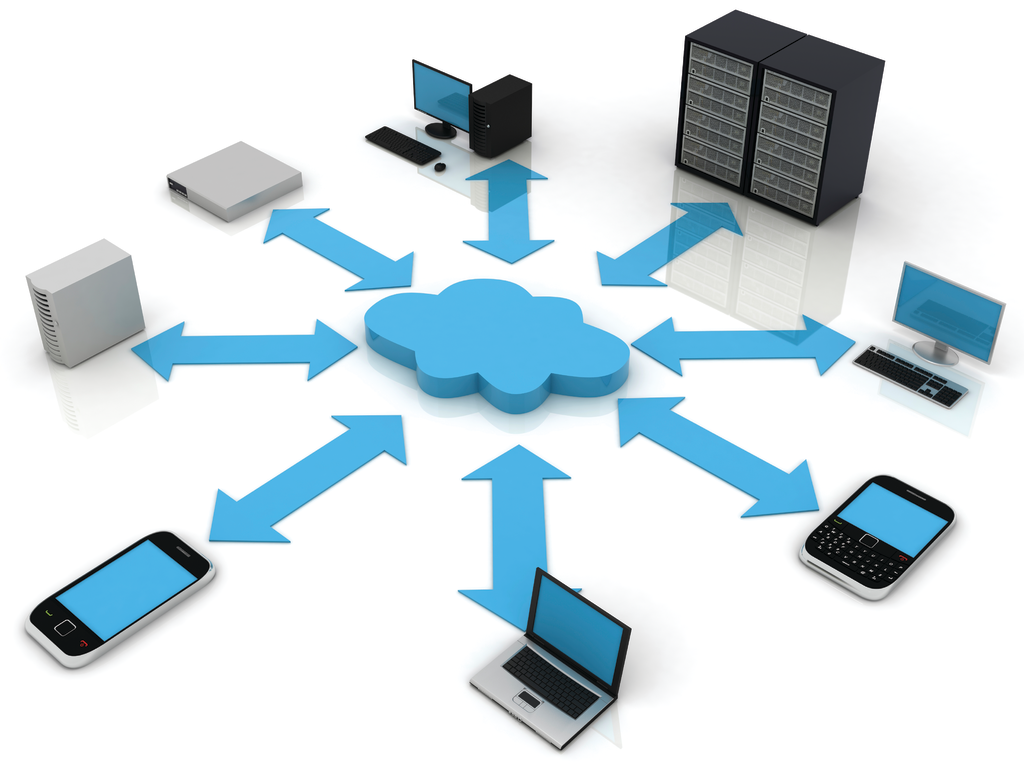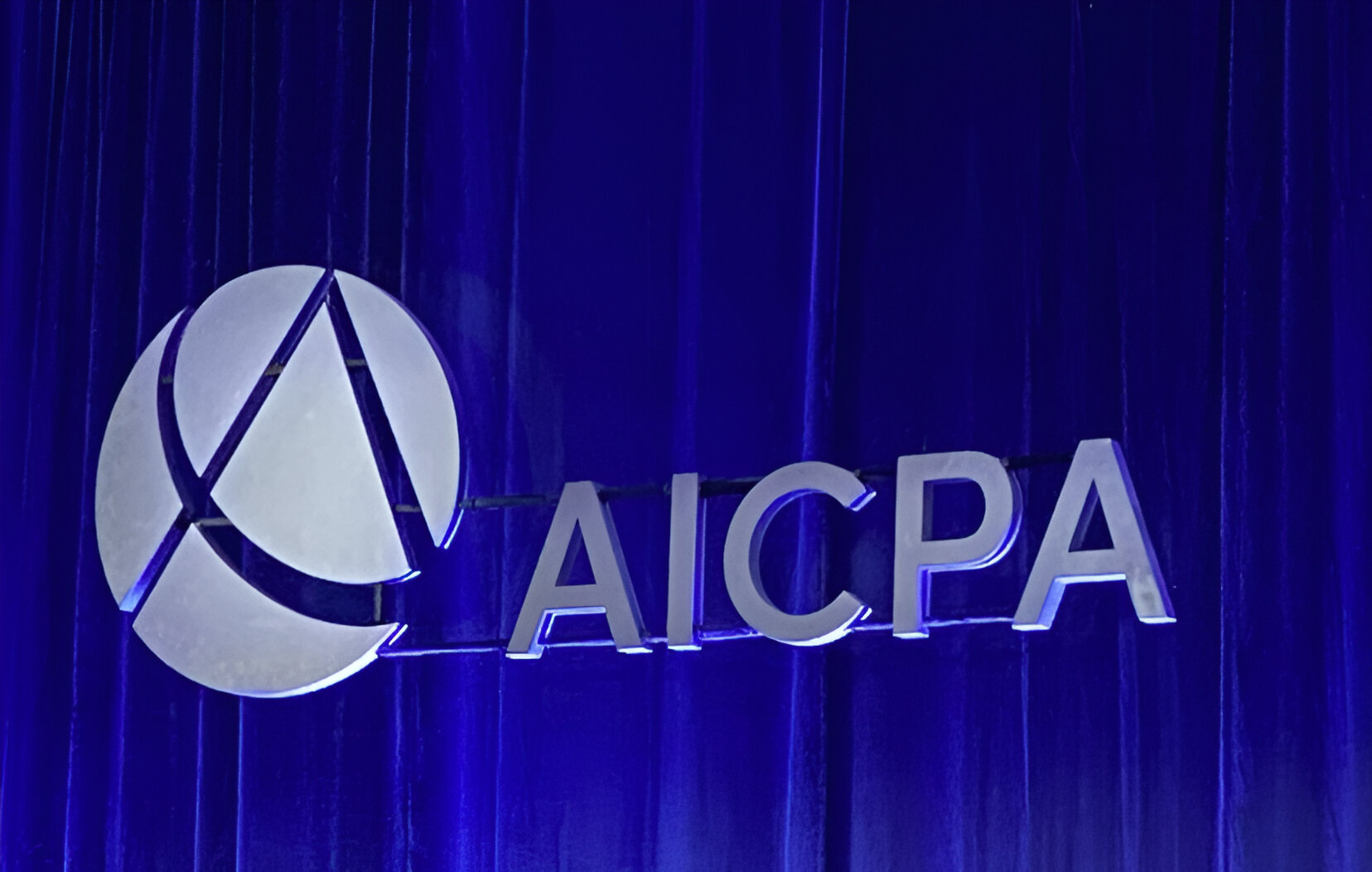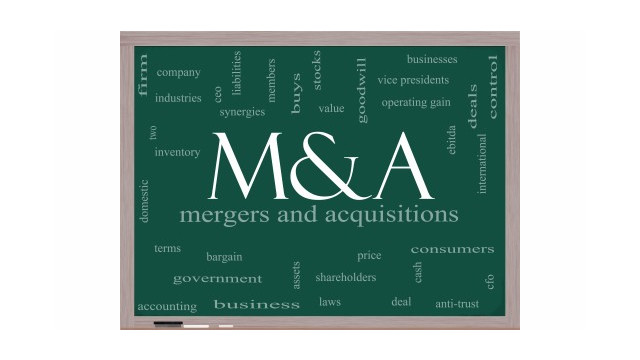From the November 2016 Issue.
I’m so glad CPA Practice Advisor lets me pick my topics. At this time last year, I wrote a very comprehensive review of hosting companies. It took a ton of work, and I hope you found that information useful then. If you need it now, I looked at the content, and it’s still pretty accurate. The best value for hosting companies include CETROM, Cloud 9 and Insynq. While many of you don’t use hosting, and won’t, it’s important you understand the options.
I had the privilege almost ten years ago to review some of the first 1040 workpaper automation products. Greg LaFollette, a former executive editor of CPA Practice Advisor and I came up with the name of Scan, Organize and Populate to describe what these products can do. Today there are a half dozen or so options, and it is clear that the three leading products have features the others don’t. More important, the technology is so much better now than it was just three or five years ago. Additionally, a former technical editor for this publication, Brian Tankersley and I just drafted a very extensive checklist on 1040 workpaper automation that we’ll present in webinars this month and next, and will make available for your use, too. Our check list will help you ask all the right questions.
What Works Best?
A simple reminder to get you started: All of these products scan, incorporate from a portal or from pictures snapped on client’s cell phones all of the documents for a 1040 tax return. They tend to sort them in tax preparer/IRS form order in a PDF document (“scan”), bookmark the various sections with meaningful names to make navigation faster and easier (“organize”), and a few products will perform optical character recognition (OCR) and extract the data for entry into one or more tax return software products (“populate”). One of my favorite new phrases learned in the past year is: “It sounds easy if you say it real fast.” With these products, this has become more and more true over time. Our simple guidance is that if you and your firm file more than 300 returns annually, you can certainly justify spending money on the technology. Further, as tax professionals become harder and harder to find, this technology, or some future successor technology may be the only way to complete the work required.
Let’s cut to the chase. Which products are currently working the best? My list is short: SurePrep, CCH Scan with AutoFlow and Copanion Gruntworx. IF you happen to own the document management system Doc-It, there is a 1040 workpaper scan and organize function built into the product that works well enough that you won’t have a lot of motivation to purchase one of the three leading products. However, there is no “populate” function.
As you can tell, I like the Scan, Organize and Populate capabilities, but some of you have tried these products and failed. I’d encourage you to try again. You need the technology and it works. However, there are two main reasons for failure of 1040 workpaper products: the technology is not set up correctly and 2) no cultural/procedural workflow processes are modified by the firm, eliminating the technology benefit and ROI. The technology setup is not particularly complex. However, it is clear that you will get better results with a production scanner, not a personal scanner like a Fujitsu ScanSnap or a copier like some vendors claim will work. Something like a Fujitsu fi-7160 or a Canon DR-M160II should do just fine. Follow the vendor’s configuration instructions for DPI and other factors. Make sure to include the image clean-up software like Kofax VRS, ScandAll or CapturePerfect during your setup and configuration of these scanners.
On the procedural side of the formula, firms have found several approaches that are successful, but all involve front end scan to gain the most efficiency. Have an intern or long term clerical person do the scanning and map the results to a tax return. In effect, these people are serving as a front line tax preparer assisted by technology. Your preparers really assume the role of a first line reviewer. Alternatively, you can have a tax preparer pre-sort documentation to only include relevant documents, setting all other documents provided by the client aside. At that point, a less skilled person can do the scanning because it is largely a mechanical operation. The exception here is that if you are using the “populate” function, most firms have found that it is more efficient to have a clerical person do this initial mapping. Another complication is how late arriving documents are handled, but the three products listed above do a good job of replacing or adding forms that are requested of the client and arrive later.
And What Works Best for my Firm?
Vendors whose products don’t work as well will tout the features of their solutions. What they claim will generally be true, but the competitors don’t have a complete set of capabilities and typically are not as powerful. The number of forms supported will be fewer. SurePrep, for example, has more forms than any of their competitors. They handle Schedule C clients better than the other products and have more various options from Scan and Organize with SPBinder to populate functions with 1040Scan and 1040Trades, and they have technology assist options such as 1040Verify. You can apply the amount of technology needed for your situation from full off-shore or on-shore outsourcing to full use of technology. They also interface with more tax software than their competition.
On the other hand, CCH Scan can be used for Scan and Organize only with any software product. You can choose to add AutoFlow to enter data into CCH Axcess Tax or Foundation Tax. The product is reliable, is your only option for a premise based 1040 workpaper solution, and their cloud based option is very stable and fast. The expansion of forms supported in this past year was very impressive. Plus this product creates a clean, bookmarked 1040 workpaper for every product in the market.
Drake Software’s Gruntworx handles Schedule D clients well and uses a more general forms recognition engine. This product also interfaces with a wide variety of tax software products.
Net, net to this article: Try one of the top three 1040 workpaper products to improve your firm’s productivity, accuracy and realization on personal tax returns. You’ll be pleased with how far these products have come.
Thanks for reading CPA Practice Advisor!
Subscribe Already registered? Log In
Need more information? Read the FAQs
Tags: Firm Management, Technology





